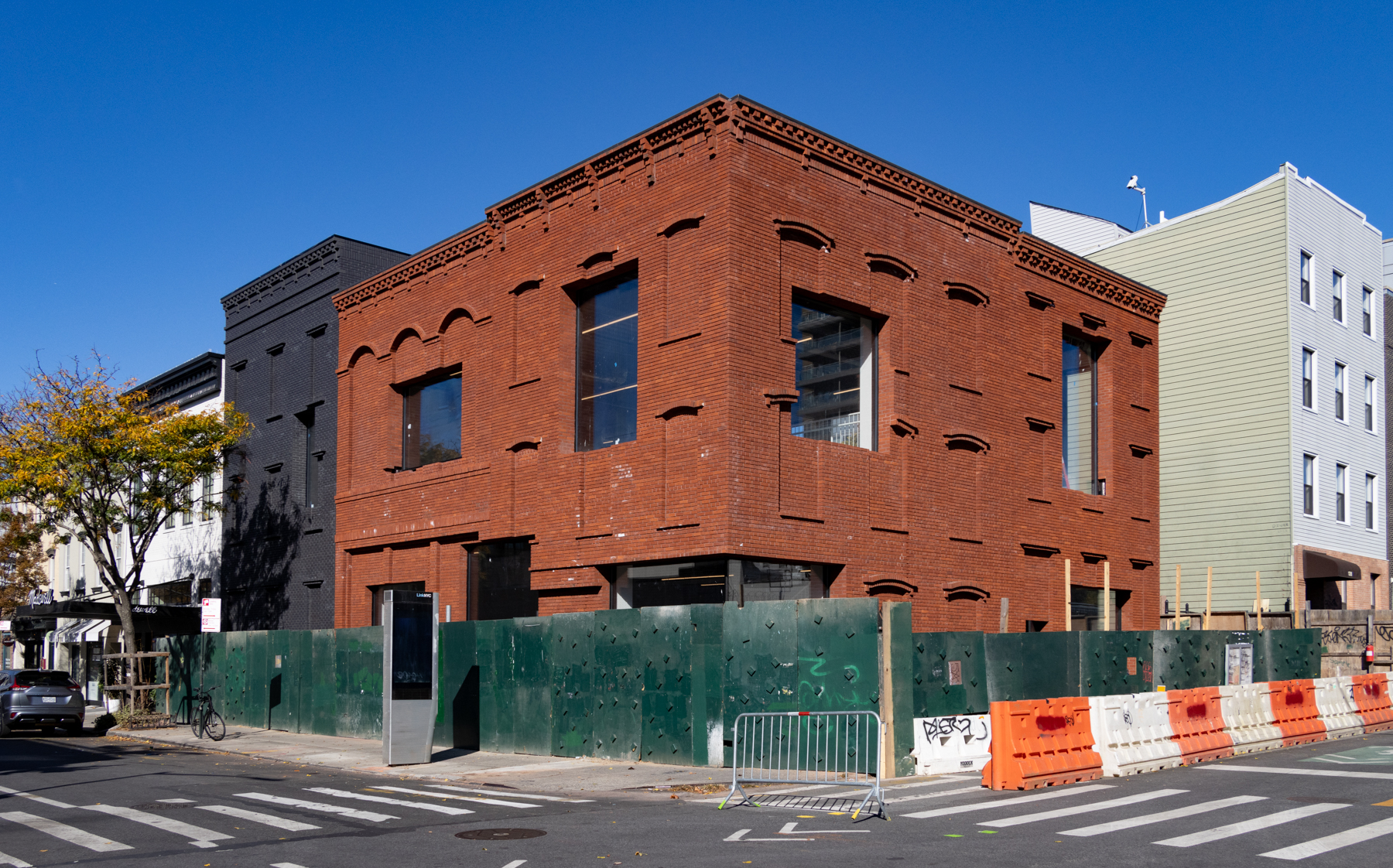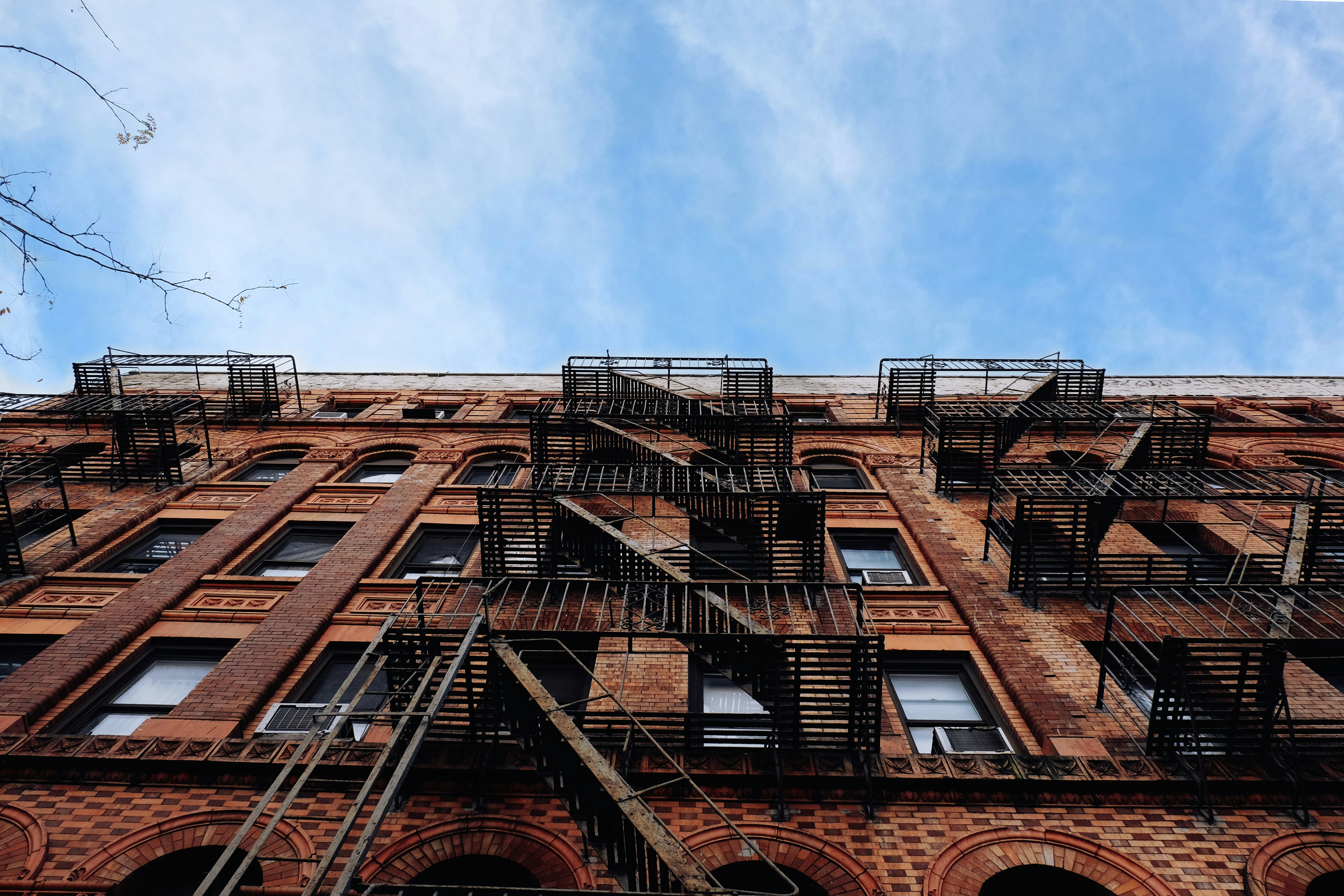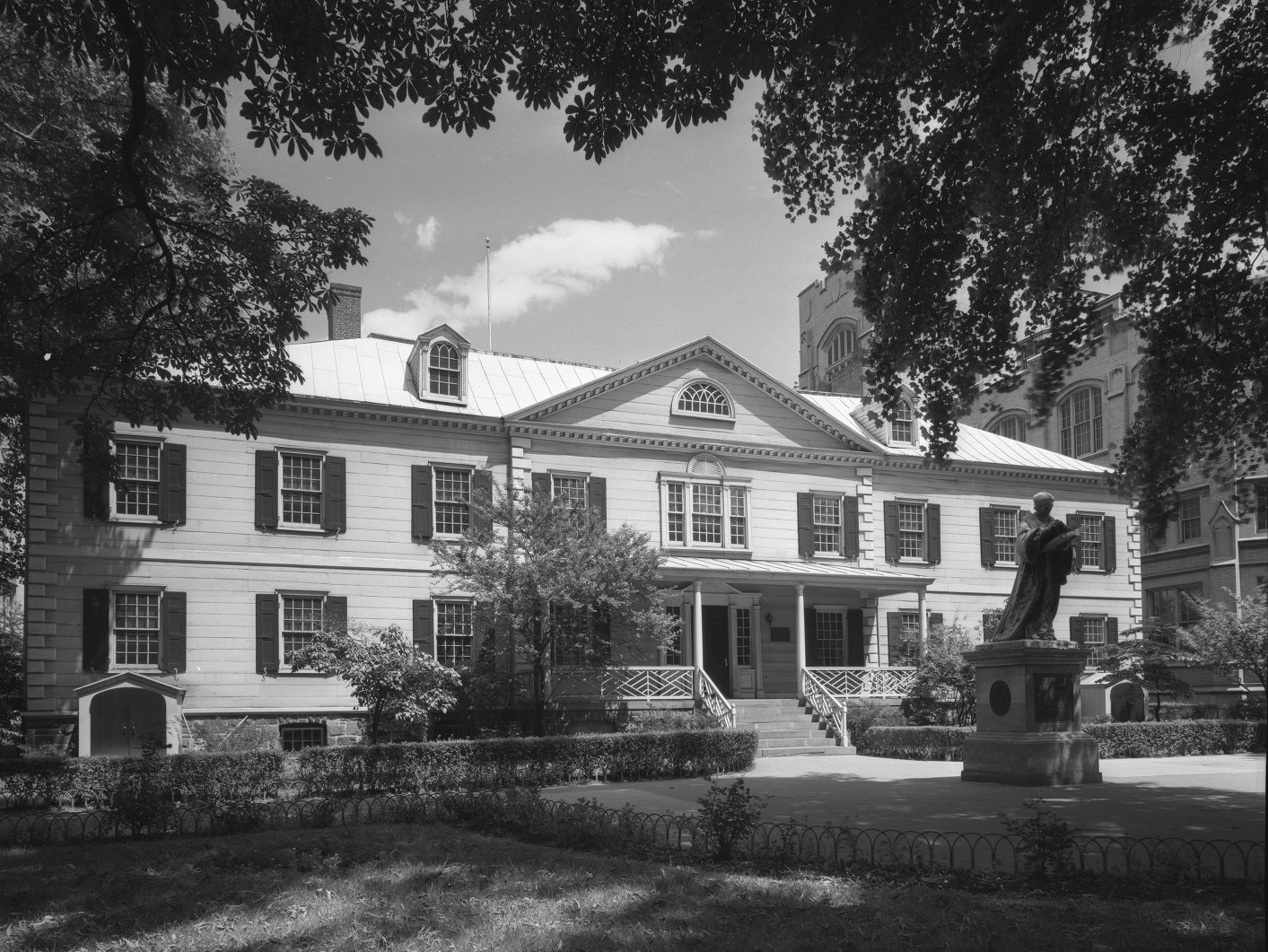Building of the Day: 126 7th Avenue
Brooklyn, one building at a time. Name: Old First Reformed Church Address: 126 7th Avenue Cross Streets: Corner Carroll Street Neighborhood: Park Slope Year Built: 1893 Architectural Style: Neo-Gothic Architect: George L. Morse Other Work by Architect: Temple Bar Building, Franklin Trust Building, Brooklyn Heights; A & S Annex, Downtown, and many others. Landmarked: No,…

Brooklyn, one building at a time.
Name: Old First Reformed Church
Address: 126 7th Avenue
Cross Streets: Corner Carroll Street
Neighborhood: Park Slope
Year Built: 1893
Architectural Style: Neo-Gothic
Architect: George L. Morse
Other Work by Architect: Temple Bar Building, Franklin Trust Building, Brooklyn Heights; A & S Annex, Downtown, and many others.
Landmarked: No, but on National Register of Historic Places (1998)
The story: “Old First” as the church is often known, is one of Brooklyn’s oldest congregations, dating back to the Dutch settlers who called Brooklyn “Breukelen.” They are actually one of the original congregations of New York City, founded back in 1654, upon the order of Pieter Stuyvesant, the governor of New Amsterdam. Old First is a Dutch Reform Church, one of three in founded to serve the Dutch communities of Flatbush, Flatlands and the village of Breukelen.
The first Dutch Reformed Church building in Breukelen sat approximately where Macy’s is now, downtown, on Fulton Street. They would spend the next century or so moving from place to place, as every location they picked soon became a commercial zone or the land was deemed too valuable to pass up the chance to sell it, and do better for the church.
In 1886, they settled down in a chapel on the corner of 7th Avenue and Carroll Street, but in only a couple of years, that church was far too small, and this church was dedicated in 1891, and completely finished in 1893. It was designed by George L. Morse, a dean of Brooklyn architecture. Mr. Morse was one of those architects who didn’t make a splash, but consistently produced first class architecture. Although more of his buildings are now gone than standing, he is responsible for some goodies, including the Temple Bar Building on Court Street, the Franklin Trust Building on Montague Street, and my favorite, the Abraham & Straus Annex on the corner of Gallatin Place and Livingston Street. He also had experience with Dutch Reformed Churches; he is the architect of the Grace Reformed Church in Prospect Lefferts Gardens.
This is a beautiful church, Neo-Gothic in style, in gleaming limestone. The church has one of the slimmest, most elegant spires in Brooklyn. Morse also took the opportunity to give the church as many windows as possible, which are now all filled with fine examples of stained glass, most of them created by Otto Heinigke, a contemporary of LaFarge and Tiffany. There are also a couple of fine Tiffany windows, and others, as well. Unlike many churches, which put in their stained glass windows over time, these were installed in 1893, as the church was being finished, and were donated by wealthy and influential members of the congregation. The result is one of the finest and most beautiful collections of stained glass in the city, in one of the most beautiful churches in the city.
One of the Tiffany windows, called the “Samaritan Woman” was donated by Phebe Ryerson Kissam, the wife of George Kissam, one of the oldest members of the church, an elder and member for over fifty years. She is thought to be the model for the Samaritan woman, who is rendered in a very Victorian fashion. The window, like many of Tiffany’s windows, is a combination of stained and painted glass, with the details of the faces, and other intricate lines painted on the glass.
Over the years, the glass became clouded and dirty, and at some point in its history, an overzealous parishioner tried to clean the window, and completely washed away the painted face of Jesus. In 1998, this window was the first to be restored, and a new face was painted on, based on a photograph of the window taken at its dedication. More work needs to be done, but Jesus’ face is once more on the window. Today, all of the windows, as well as the wonderful stencil work, woodwork, lighting and other interior details, make this a true treasure, and a joy to see.
Today, the church is one of Park Slope’s architectural treasures. Incredibly, it is not landmarked, falling just outside of the original Park Slope Historic District established in 1973. It is on the National Register. No doubt, when the anticipated extension of the district takes place, north of 7th Avenue, this church will get the landmarking it deserves. GMAP
(Photo: Wikimedia)















What's Your Take? Leave a Comment